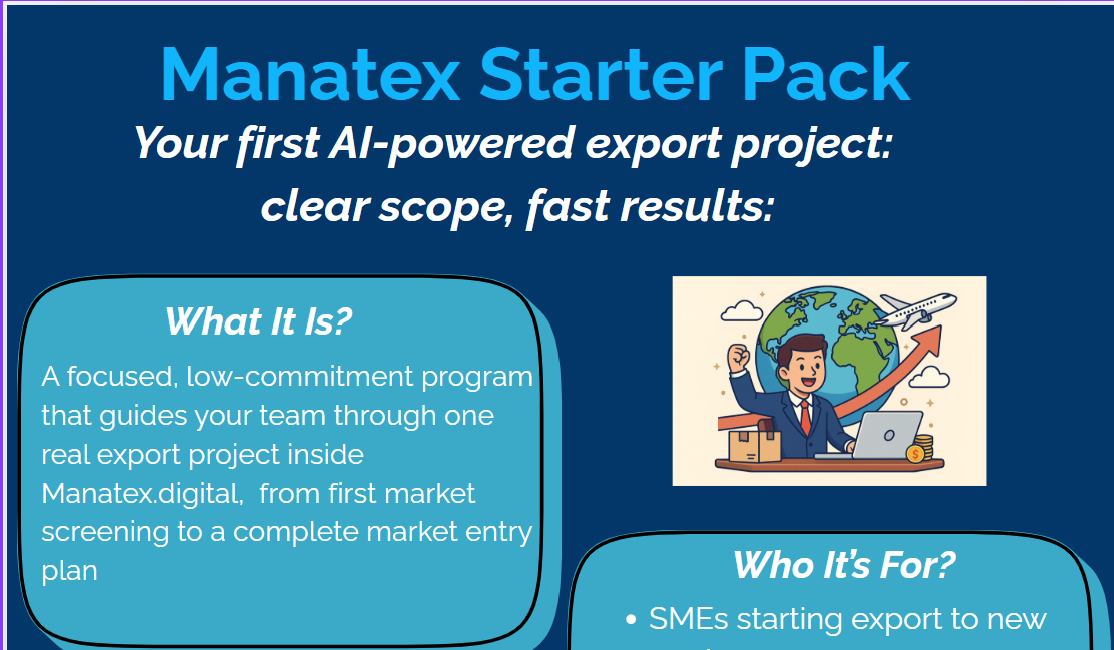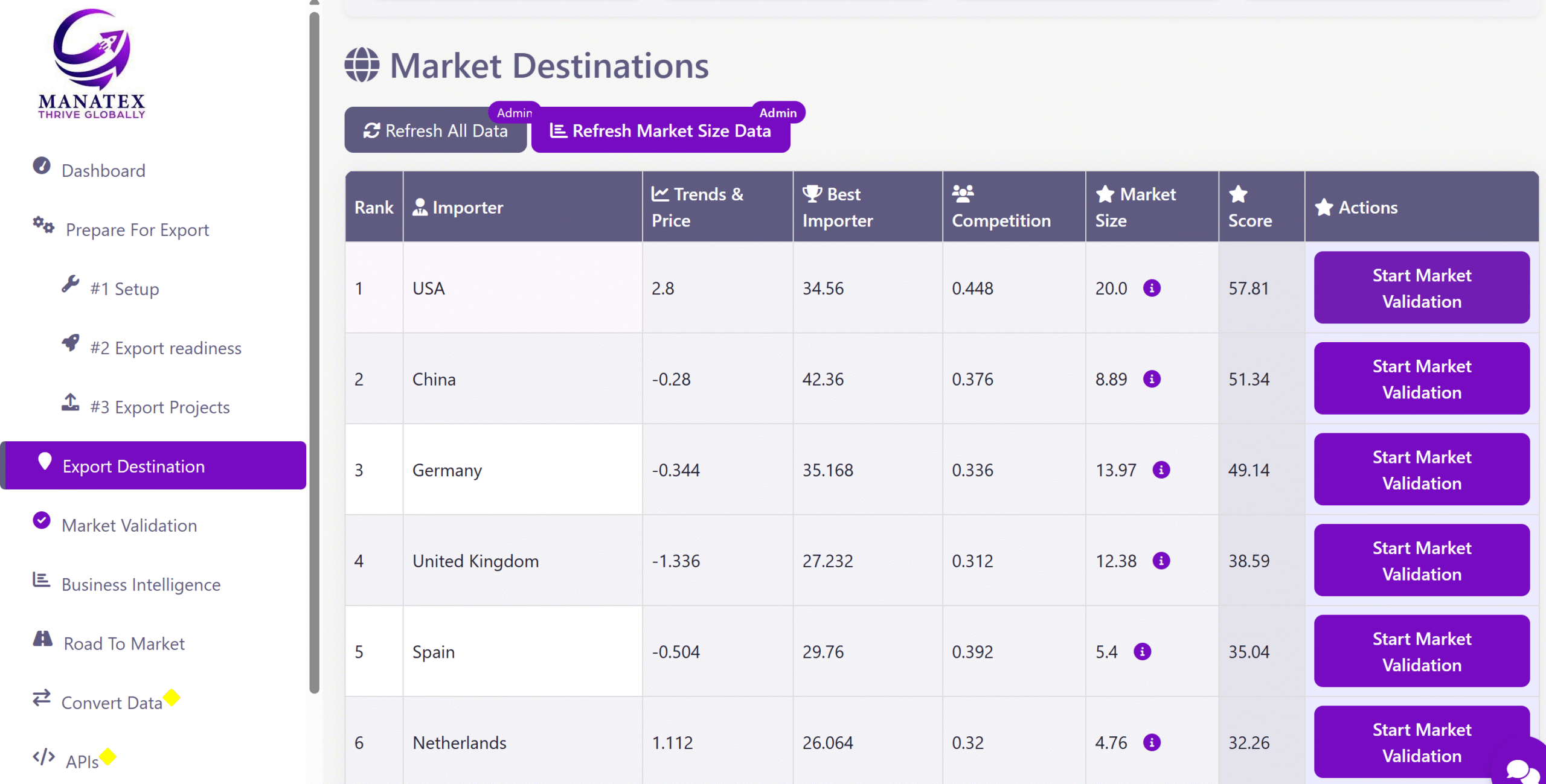In the previous articles, we summarized a few “mistakes” that SMEs (small and medium-sized companies) make most often in Export and International Expansion: [Link to the Part 1] [Link to the Part 2]
Part 3
Mistake #6: Failing to localize the value proposition
This mistake is often made by all companies, including multinational corporations. But SMEs trying to save cost fail in the trap more often: firms replicate home market approach and positioning to the new (target) markets. They fail to recognize pain points, define correctly new market pricing positioning and underestimate local cultural specifics. The result can be truly disappointing. A lot of time is wasted but the local end user audience and B2B customers don’t recognize the value (in simple language: product isn’t sold as expected).
What should be done?
A few advice on product localization and price structure:
https://manatex.co/product-customization-a-key-to-international-export-growth/
https://manatex.co/price-structure-and-commercial-strategy-for-export/
Generative AI tools e.g. [ManatexGPT] can help to do basic research on local consumption culture, competitors, distribution channels. But please do provide all necessary context (details about your home market strategy, product’s unique selling proposition etc) and validate the response of the Gen. AI tools, because they often hallucinate and might mislead you.
Our AI agent [Manatex.digital] – digital export assistant is delivering all the information necessary to complete local market research on competition and pricing, will help to build a price structure for the target market etc. If you still need more help, local consultants can provide you with all the insights.
Mistake #7: Not having a crisis plan (export risk mitigation)
Same as in the previous part, many multinationals fall into this trap because some events are difficult to predict. However, companies should still have a “Plan B” in case the target market is very important for the exporter or a lot of investment is at stake. You should be able to respond to questions like: “What happens when your biggest distributor defaults?” Or “What if a shipment is blocked at customs?” Or “What if political tension hits your key market?
What should be done?
All-in-all, here is the advice: Have a lean but real export risk plan. Think: diversified clients, credit insurance, flexible logistics partners. Everyone has to have a Plan B. Also in year 2025, digital tools play an important role in risk analysis and mitigation.
https://manatex.co/smes-vs-the-new-trade-order-winning-in-a-world-of-fragmented-markets/
https://manatex.co/how-exporters-can-respond-to-geopolitical-risks-in-global-trade/
Our AI agent [Manatex.digital] – digital export assistant with its “Business Intelligence” module can help to deliver timely information about changes in Geopolitical trends, might help to collect information/compliance about local partners, will help to manage and evaluate partners etc. etc.
Conclusion:
Export is a Journey, Not a Jackpot. One Time deal is just a one time deal. Someone decided to buy from your company. Making export part of your company’s business means a lot of work, preparation, analysis and follow-up activities.
Whatever strategy/approach you choose for your company and product… we wish you to avoid mistakes described and Thrive Globally in the long term.





